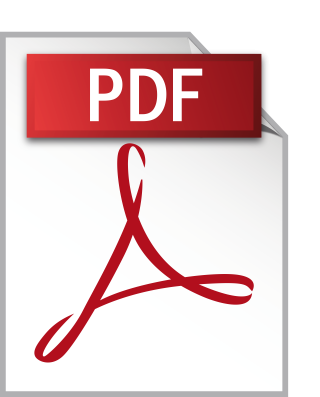 i SERVEASE: AN INNOVATIVE SOLUTION FOR BATSTATEU VEHICLE SCHEDULING MANAGEMENT WITH GPS TRACKING AND VEHICLE PREVENTIVE MAINTENANCE
i SERVEASE: AN INNOVATIVE SOLUTION FOR BATSTATEU VEHICLE SCHEDULING MANAGEMENT WITH GPS TRACKING AND VEHICLE PREVENTIVE MAINTENANCE
by Ms. Arvin Jade Barrera Villaluna; Katherine Villadelrey Gonzales; Ms. Remielyn Candelaria Silipinin • 2024
Bachelor of Science in Information Technology College of Informatics and Computing Sciences Batangas State University The National Engineering University ARASOF-Nasugbu Campus The ServEase: An Innovative Solution for BatStateU Vehicle Scheduling Management with GPS Tracking and Vehicle Preventive Maintenance focused on addressing the challenges in vehicle scheduling management faced by the General Services Office (GSO) at BatStateU ARASOF-Nasugbu. Currently, there is no system to automate vehicle scheduling and track drivers in real-time. They only used Excel to schedule and arrange vehicle requests. To address these issues, the researchers developed ServEase, a web and mobile application that makes the requesting and scheduling more convenient, integrated GPS tracking, provided real-time notifications, and included a preventive maintenance feature where it predicts the possible maintenance of the university vehicle. Using the Agile methodology, the system was designed based on interviews with the GSO and evaluated by various stakeholders such us GSO, University Drivers, Teaching and Non-Teaching Personnels, Secretaries, and IT Experts. A 5-point Likert Scale was used in this study. Evaluation results showed high satisfaction and acceptance ratings with users commending the system’s functionality and ease of use, though scalability and security require further improvement. It also received a perfect 5 for the evaluation of the level of agreement. The ServEase system has greatly improved how vehicle management is handled, making the process much more convenient. Its simple design and real-time tracking features have made it a helpful tool for the users. The predictive maintenance feature also helps keep vehicles in good condition, saving time and money in the future. This shows how technology can make everyday tasks more efficient and effective. In conclusion, the developed system was proven to be beneficial.
